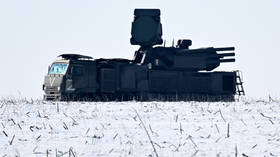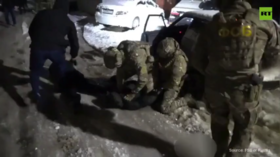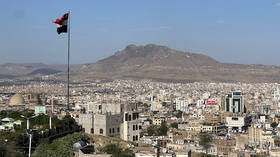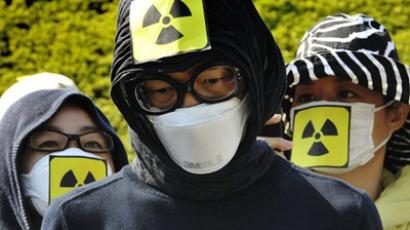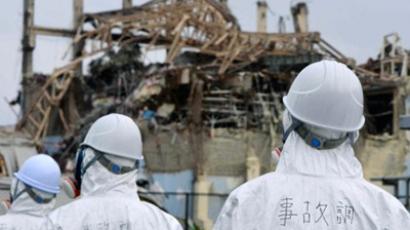Fukushima: Exposure underrated, outcome obscure
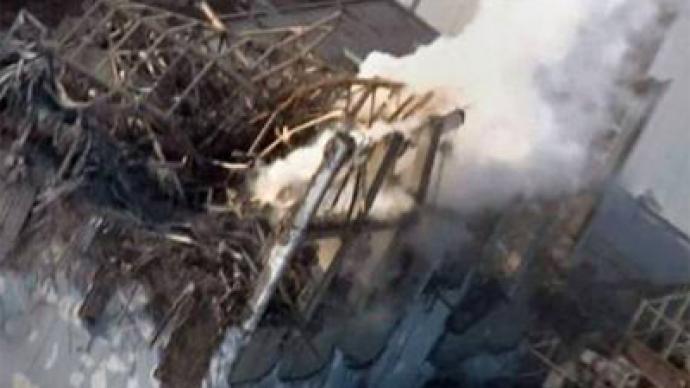
The consequences of the Fukushima disaster will be emerging for at least several decades. According to the Japanese government, it will take up to 30 years for the complete clean up of the radiation released from the reactors.
Japan aims to reduce radiation by half over the next two years. To do so, it may have to remove and dispose of massive amounts of radioactive soil, possibly enough to fill 23 baseball stadiums, reports Reuters.
Experts say the areas inside the evacuation zone will have to remain uninhabited throughout the years of contamination. All collected soil and other waste will be stored in the Fukushima Prefecture, in an “interim facility” with an estimated capacity of up to 28 million cubic meters.
Despite official information, some reports suggest the Japanese government is seriously downplaying the real amount of radioactive substances that leaked from Fukushima. Radioactive emissions from the crippled nuclear power plant may be five times higher than the numbers released by the authorities.
The Atmospheric Chemistry and Physics journal published a report that suggests the figures of radiation released into the atmosphere could be underestimated by almost 80 per cent. The report says only 19 per cent of radioactive cesium-137 fell on Japanese soil, while the remaining amount ended up in the Pacific Ocean. Only some two per cent of cesium is believed to have reached foreign lands.
The author of the report, Andreas Stohl, says that the Japanese government was only using the data that came from Japan for their estimations and missed the cesium that got into the ocean, while Stohl and his team used measurement data from several dozen stations in Japan, North America and other regions.
The report suggests that some 36,000 terabecquerels of cancer-causing cesium were released from the reactors, which amounts to 42 per cent of the total release from the Chernobyl disaster.
In an interview with the Associated Press, Stohl said that estimates are very imprecise, that even 50 percent divergence should not be considered a major difference. Moreover, Stohl’s report is not complete and it has to be reviewed by the field experts before it is accepted as a formal publication, so the numbers may vary.
The evaluation of the consequences is also hindered by poorly-developed methods of extensive radiation measurement. So far no one can tell the exact number of people who received dangerous doses of radiation or draw a prediction of how many of them will be affected by cancer in the long-run.
The Fukushima Daiichi nuclear plant was heavily damaged by the March 11th earthquake and tsunami, which resulted in a reactor meltdown and the release of radioactive material. Since then, the authorities have struggled to contain the crisis, with pledges being given in the summer, that it will be resolved by the end of this year.


